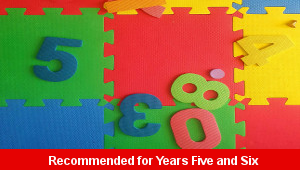Lesson One – Weather Instruments

This design technology teaching pack for Key Stage Two gets the children to explain and test how a range of instruments can be used to measure different types of weather such as rainfall and wind speed.
The class can identify and explain why certain shapes and materials have been used to construct different instruments used to measure a specific type of weather.
Download this teaching pack including a lesson plan, classroom activities and an interactive presentation to teach the children to explain and test how a range of instruments can be used to measure different types of weather such as rainfall and wind speed
Activities in this teaching pack include a set of display posters to explain how to use instruments to measure different types of weather and a table display card select and record ideas about how a product has been constructed using a movement mechanisms to measure different aspects of the weather.
The interactive presentation gets the children to explore how to test how a range of instruments can be used to measure different types of weather.
This lesson is part of a design technology scheme of work to get the children to select materials and techniques to utilise when designing and making a range of instruments that can be used measure the local weather around the school. There are teaching activities for shared learning, differentiated worksheets to support independent learning and interactive presentations to introduce concepts and key skills.
-

Digit Combinations
Practise building and comparing a range of numbers by combining and matching sets of digits with different number values
-

Letter Strings Words Sums
Learn the meanings and practise spelling words with common letter strings to work with when composing example sentences on different topics and themes
-

Town Flag
Investigate and practise how to create different graphic shapes that can be utilised when producing a flag representing the local community
-

Three Digit Values
Investigate and compare the place value of the matching sets of digits in numbers to one thousand to indicate their hundreds, tens and ones values
